The art of preserving fruits through sugar infusion has been practiced for centuries, with confectioners and home cooks alike relying on osmotic equilibrium to achieve the perfect candied texture. At the heart of this process lies the delicate balance between sugar concentration and fruit moisture—a dance of molecules that determines whether a preserve becomes a jewel-like delicacy or a saccharine disappointment.
When fresh fruit is introduced to a sugar syrup, the initial stages of osmosis begin almost immediately. Water molecules within the fruit's cellular structure start migrating toward the area of higher solute concentration—the syrup. This outward flow creates voids that sugar molecules gradually fill, though the exchange is never perfectly symmetrical. The rate of this molecular migration depends on multiple factors: the porosity of the fruit's flesh, the temperature of the syrup, and crucially, the gradient between the fruit's internal water content and the syrup's sugar saturation.
Traditional methods often employ a gradual approach to building sugar concentration. Artisans might start with a 30% sugar solution, allowing the fruit to equilibrate over 24 hours before increasing to 40%, then 50%, in stepped intervals. This slow progression prevents the sudden collapse of cell walls that can occur when dry fruit meets ultra-concentrated syrups—a phenomenon professional confectioners call "shock setting." Historical texts from seventeenth-century European apothecaries describe this incremental method in detail, noting how patient osmotic equilibration yielded preserves that retained their shape while achieving crystalline translucency.
The relationship between sugar concentration and preservation efficacy follows a nonlinear curve. Below 60% total soluble solids (TSS), microbial activity remains possible, explaining why lightly sweetened fruit compotes require refrigeration. Between 65-68% TSS lies the magic threshold where most bacteria and molds find the environment inhospitable—a fact documented in early twentieth-century USDA bulletins on food preservation. Yet surpassing 75% TSS introduces new challenges: over-concentrated syrups can lead to sugar crystallization on the fruit's surface, creating an unpleasant gritty texture. Master confectioners monitor this balance through refractometer readings and periodic weight measurements, adjusting syrup densities as needed.
Modern industrial production has introduced innovations to accelerate osmotic equilibrium without sacrificing quality. Vacuum infusion techniques, where fruit is subjected to controlled negative pressure environments, can reduce processing time from days to hours. Research published in the Journal of Food Engineering demonstrates how pulsed vacuum cycles create microscopic channels in fruit tissue, facilitating faster sugar penetration while maintaining structural integrity. Some manufacturers employ ultrasound-assisted osmosis, where high-frequency sound waves enhance mass transfer—a method particularly effective for dense fruits like ginger root or pineapple core.
The chemistry behind sugar concentration's preservative power is fascinating. As sugar molecules displace water within fruit cells, they reduce water activity (aw)—the measure of unbound water available for microbial growth. At 68% TSS, the aw drops below 0.85, creating an environment where even osmophilic yeasts struggle to survive. This biochemical principle explains why properly prepared candied fruits can remain shelf-stable for years without refrigeration, a quality that made them invaluable to ancient traders and explorers. Manuscripts from the Silk Road era describe caravans carrying sugar-preserved fruits across continents, their edibility preserved through careful osmotic control.
Regional variations in sugar equilibrium techniques reveal cultural approaches to preservation. Middle Eastern qamar al-din apricot sheets achieve stability through sun concentration—evaporating water until the natural fruit sugars reach preservation thresholds. Japanese umeboshi plums undergo a dual-phase process where salt draws out moisture first, followed by shiso-leaf-infused syrups. These methods demonstrate that while the scientific principles remain constant, the artistry of achieving osmotic balance admits countless interpretations.
Contemporary food scientists continue refining our understanding of sugar equilibrium. Recent studies examine how different sugar types—sucrose versus glucose versus alternative sweeteners—affect penetration rates and final texture. The molecular weight of sweeteners, their hydrogen bonding capabilities, and even their crystalline structures all influence how they interact with plant cell matrices. This research has practical implications for developing reduced-sugar preserves that maintain microbial stability through clever combinations of osmotic agents and humectants.
For culinary professionals, mastering sugar concentration is both science and sensibility. The perfect candied orange peel—with its tender-but-not-mushy interior and glossy, crack-resistant coating—represents hours of attentive syrup adjustments. As the fruit's water content and the syrup's density inch toward equilibrium, the preserver must judge the precise moment to interrupt the process, often relying on subtle visual cues like the formation of fine surface bubbles or changes in the syrup's viscosity as it sheets off a spoon.
The next frontier in osmotic preservation may come from unexpected quarters. Biotechnology labs are experimenting with plant varieties bred specifically for improved sugar infusion characteristics—fruits with modified pectin structures or optimized pore distributions. Meanwhile, heritage food revivalists are rediscovering ancient preservation manuscripts, decoding how pre-industrial civilizations achieved remarkable shelf stability without modern equipment. Both approaches, though seemingly opposite, seek the same goal: perfect equilibrium between fruit and sweetener, where flavor, texture, and preservation meet in harmonious balance.

By /Jul 14, 2025

By /Jul 14, 2025
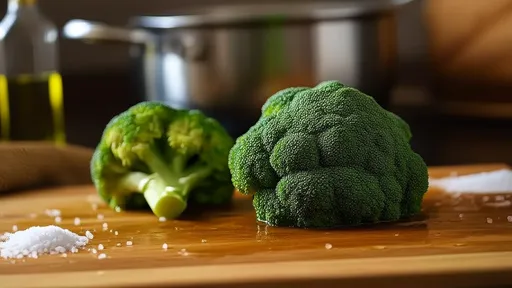
By /Jul 14, 2025
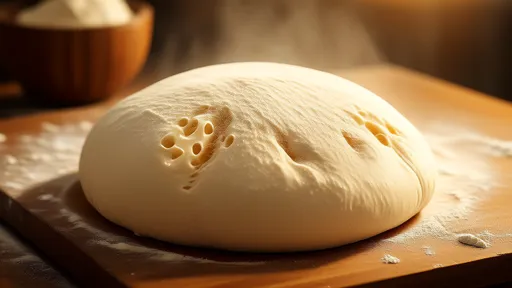
By /Jul 14, 2025
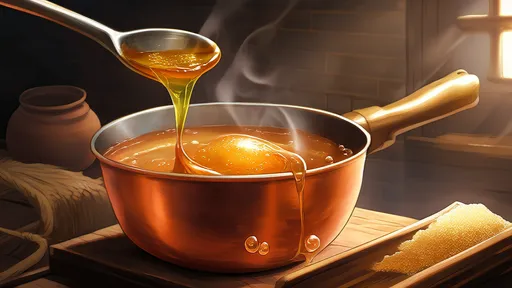
By /Jul 14, 2025

By /Jul 14, 2025
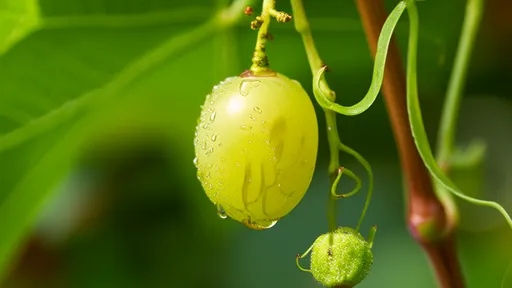
By /Jul 14, 2025
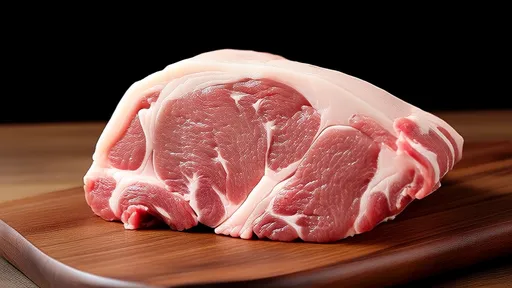
By /Jul 14, 2025
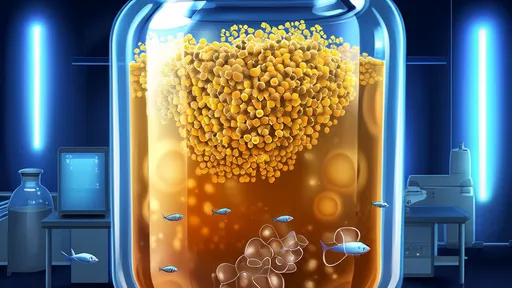
By /Jul 14, 2025
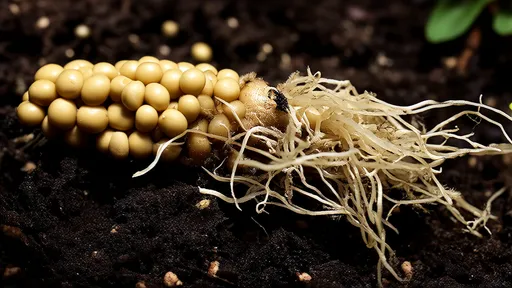
By /Jul 14, 2025

By /Jul 14, 2025
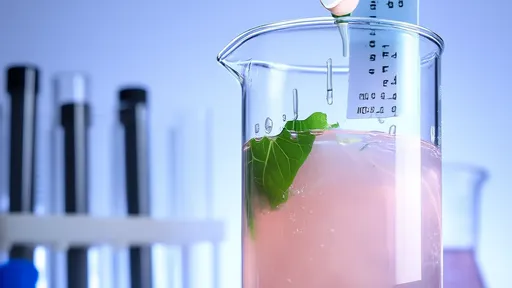
By /Jul 14, 2025
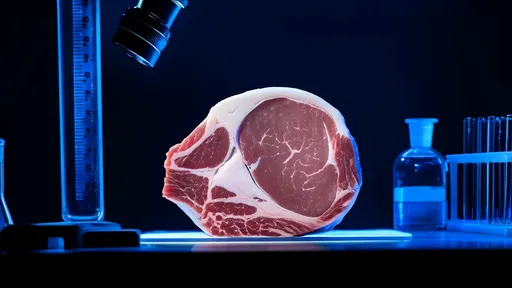
By /Jul 14, 2025

By /Jul 14, 2025
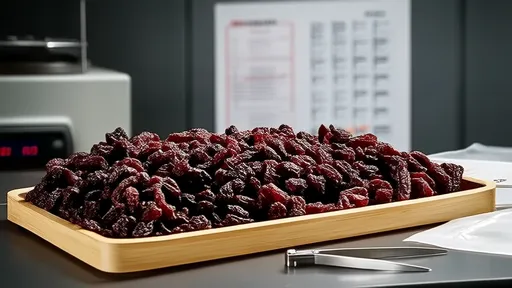
By /Jul 14, 2025
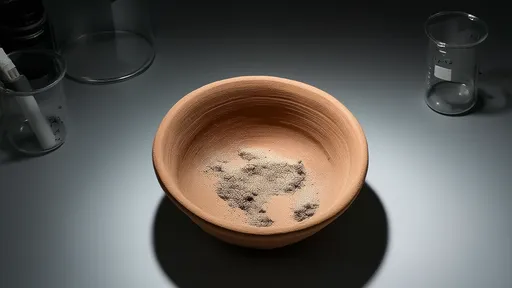
By /Jul 14, 2025
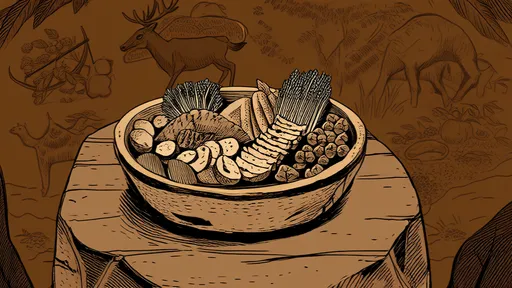
By /Jul 14, 2025
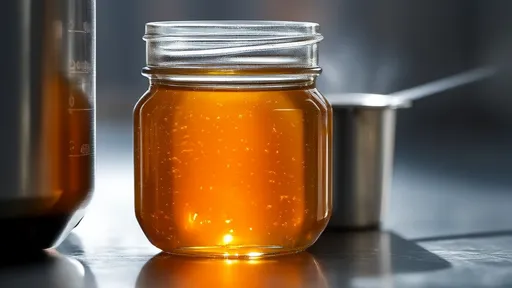
By /Jul 14, 2025